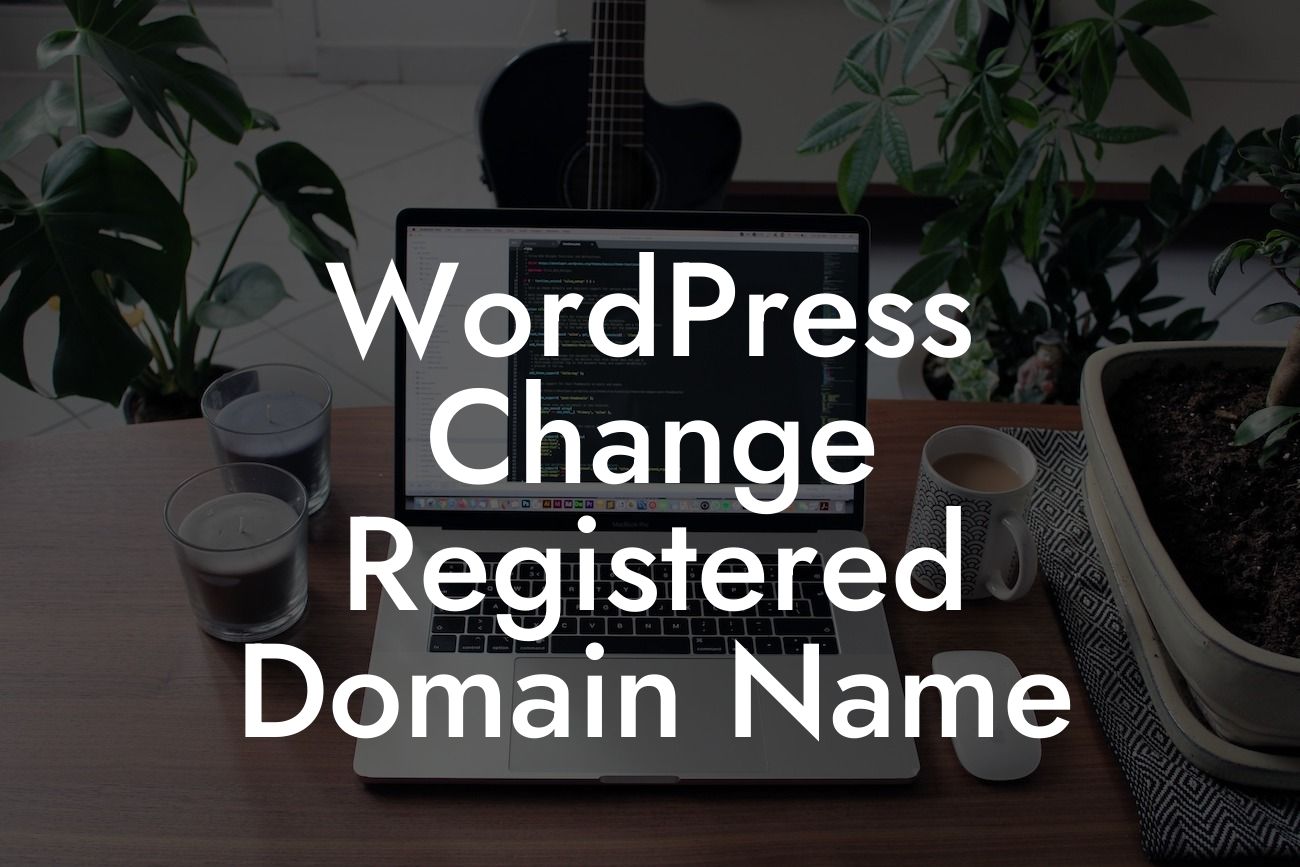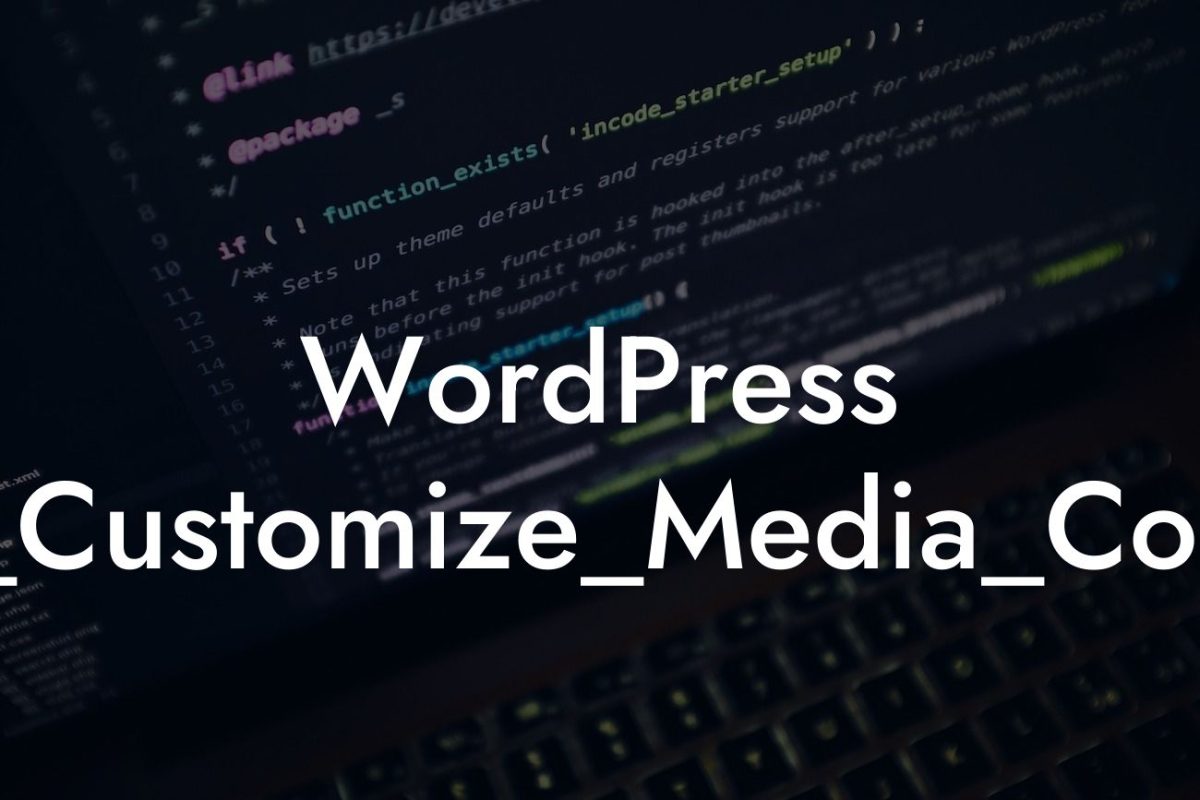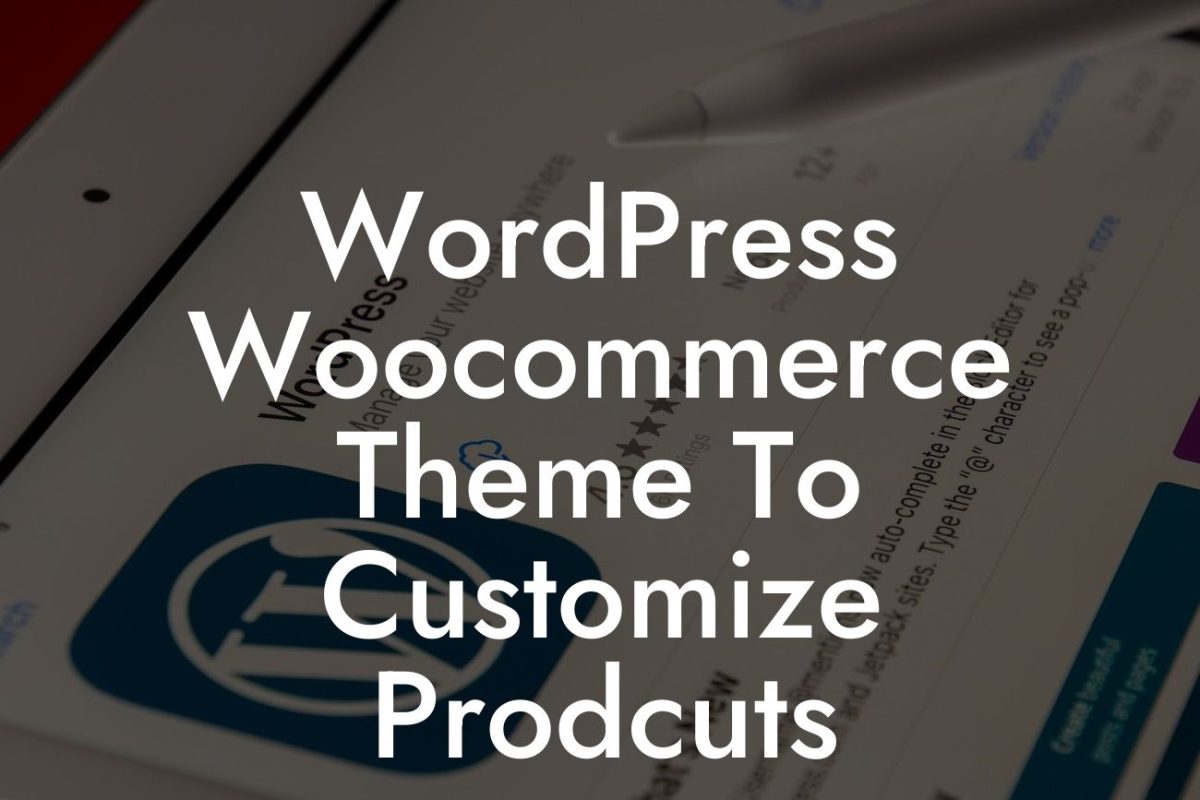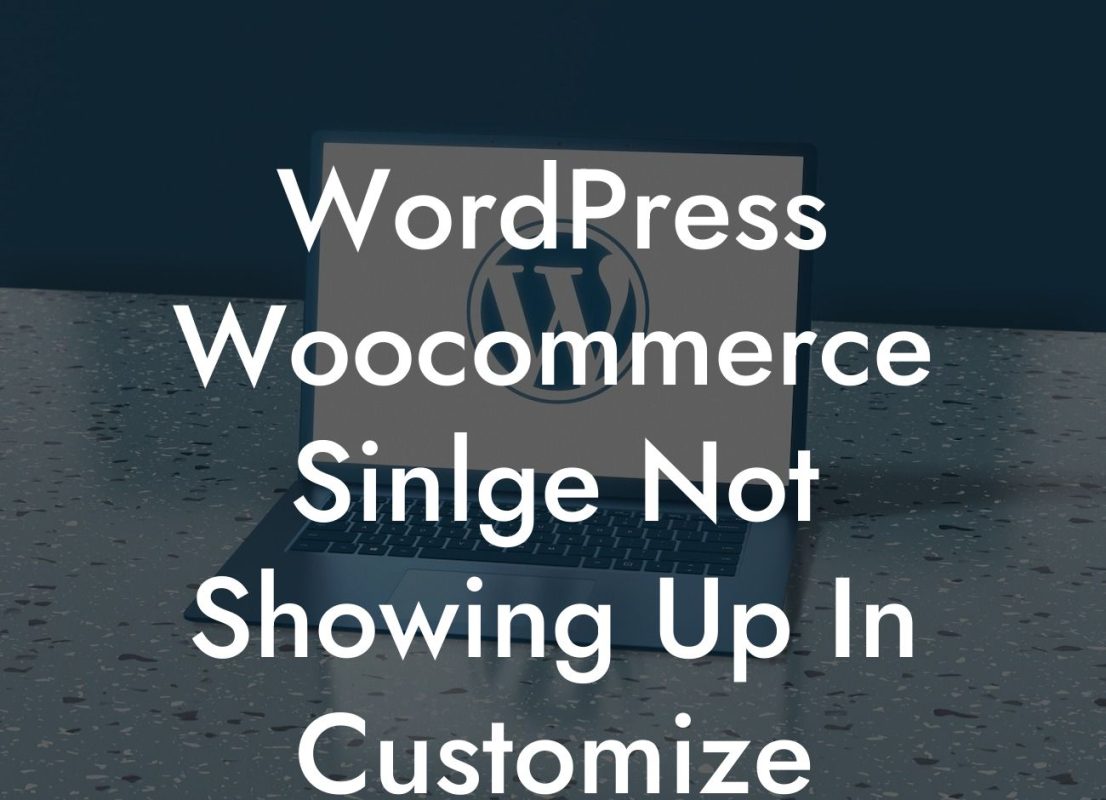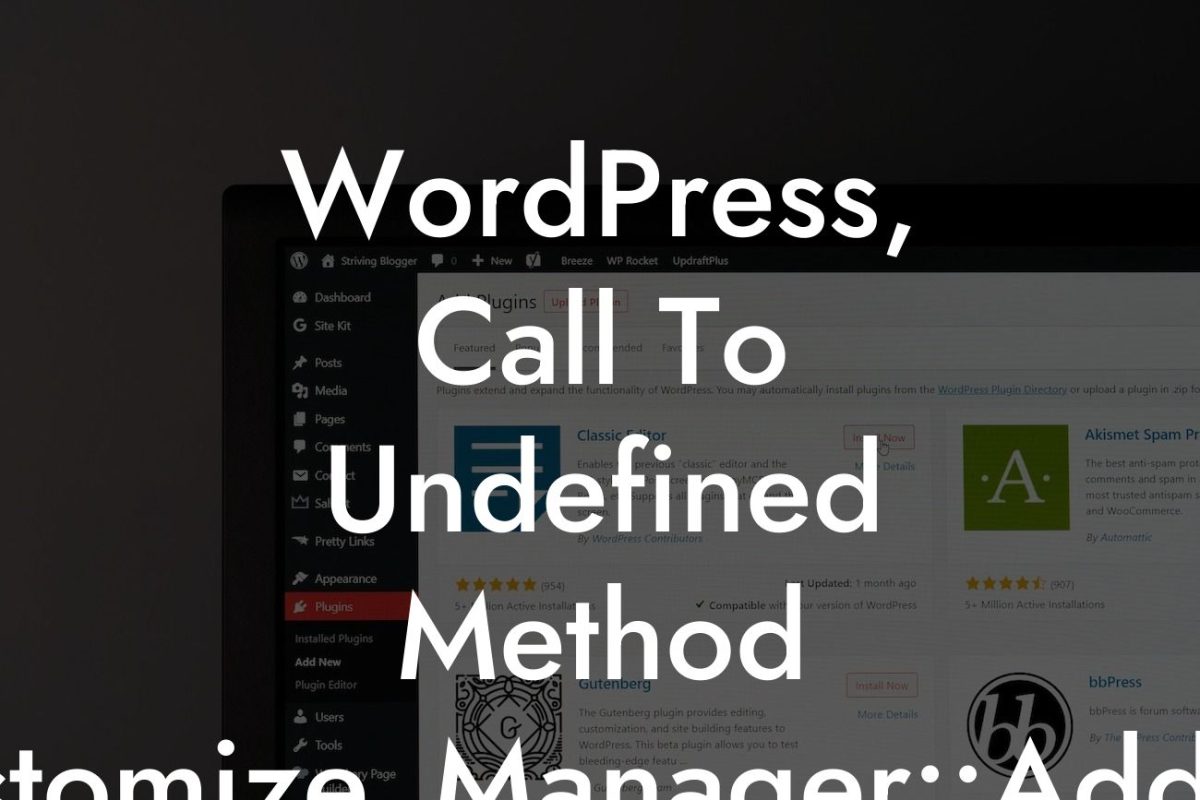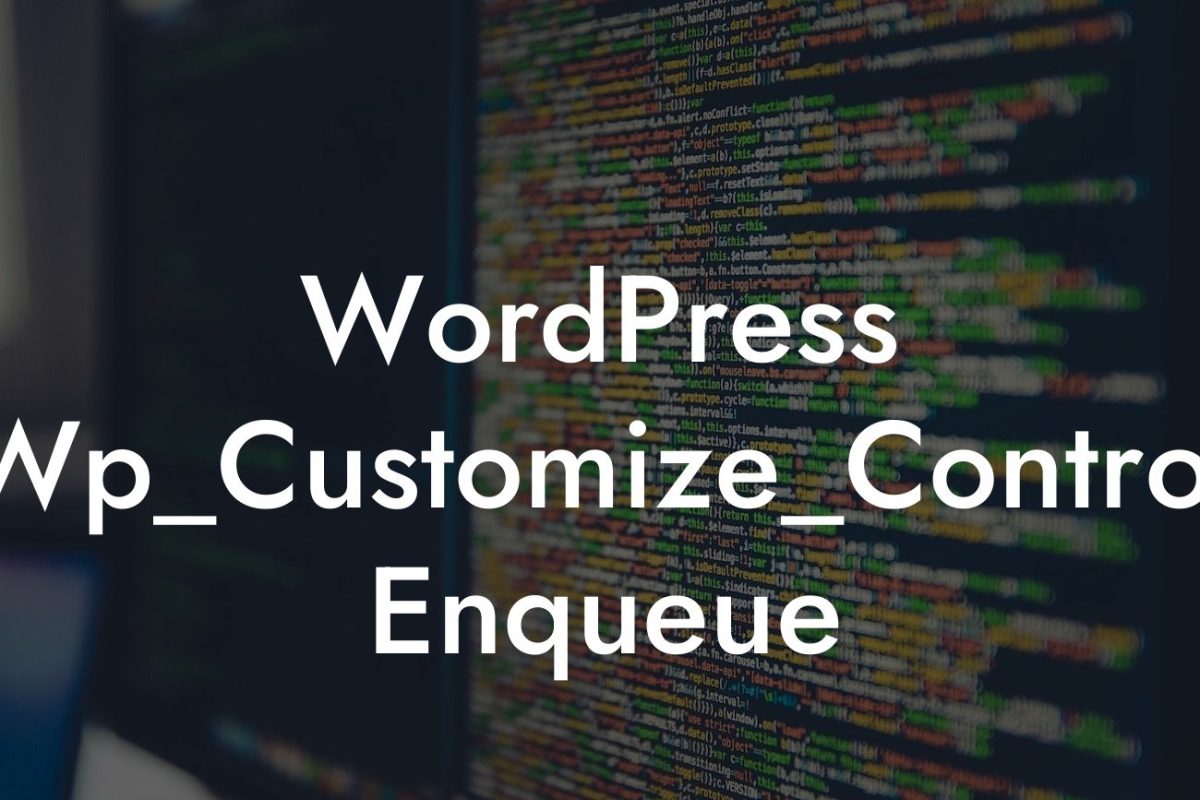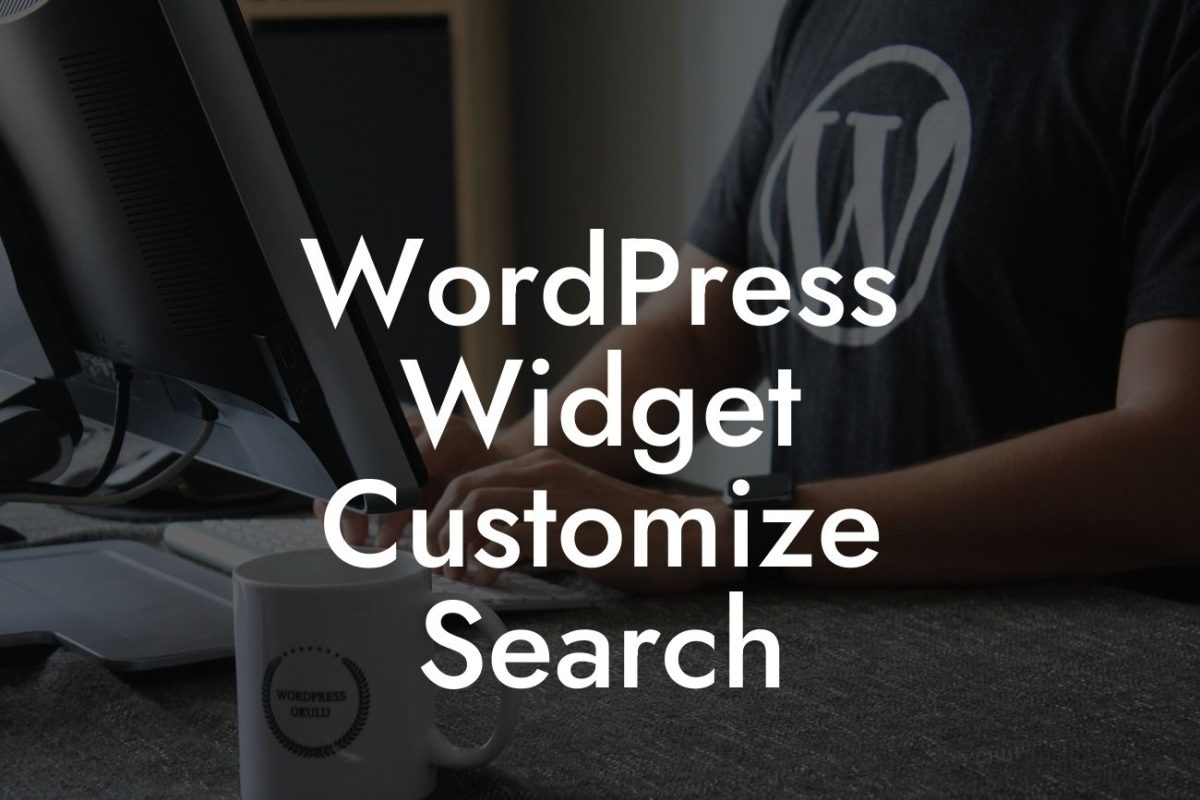Are you itching to update your brand's domain name on WordPress? Perhaps you have rebranded, found a better-suited name, or simply want to refresh your online presence. Whatever the reason, changing your registered domain name can be a daunting task. But fear not! In this guide, we'll walk you through the process, step-by-step, so you can make the change smoothly and effectively. Say goodbye to your old domain and embrace the future with confidence!
Changing your registered domain name is an important decision that warrants careful planning and execution. Follow these steps to ensure a successful transition:
1. Assess the Impact:
- Understand the implications of changing your domain name on SEO, backlinks, and user experience.
- Conduct a thorough analysis of your website's current performance and consider the potential effects of a domain change.
Looking For a Custom QuickBook Integration?
2. Choose a New Domain Name:
- Select a domain name that aligns with your brand, is memorable, and reflects your business's purpose.
- Research domain availability and consider using keyword-rich domain names to boost SEO.
3. Backup Your Website:
- Prior to making any changes, create a complete backup of your WordPress website.
- This ensures that you have a copy of all your content, pages, and settings in case of any mishaps during the transition.
4. Update WordPress Settings:
- Access your WordPress dashboard and navigate to the "Settings" tab.
- Update the "WordPress Address (URL)" and "Site Address (URL)" fields with the new domain.
5. Configure Redirects:
- Implement a 301 redirect from the old domain to the new one.
- This will ensure that visitors who access your site through the old domain are automatically redirected to the new one, preserving SEO value and user experience.
6. Update Internal Links and Media:
- Perform a thorough scan of your website to update all internal links, including menu links, buttons, and image references.
- Ensure that media files, such as images and videos, are also updated with the new domain's URLs.
Wordpress Change Registered Domain Name Example:
Imagine you run a small boutique clothing store called "Threads & Co." and your current domain is "threadsandco.com." However, after conducting market research, you decide to rebrand and opt for a domain name that reflects your specialization in premium denim: "denimdeluxe.com." By following the steps outlined above, you can seamlessly transition from "threadsandco.com" to "denimdeluxe.com," maintaining your search rankings, backlinks, and user experience.
Congratulations! You have successfully changed your registered domain name on WordPress. By taking the time to plan and execute the transition properly, you've ensured a smooth change that won't impact your online presence negatively. Remember to explore other insightful guides, tips, and tricks available on DamnWoo to further elevate your business's success. Don't forget to check out our awesome WordPress plugins designed exclusively for small businesses and entrepreneurs. Share this article with others who may benefit from this valuable information. Cheers to your new domain and continued online success!

